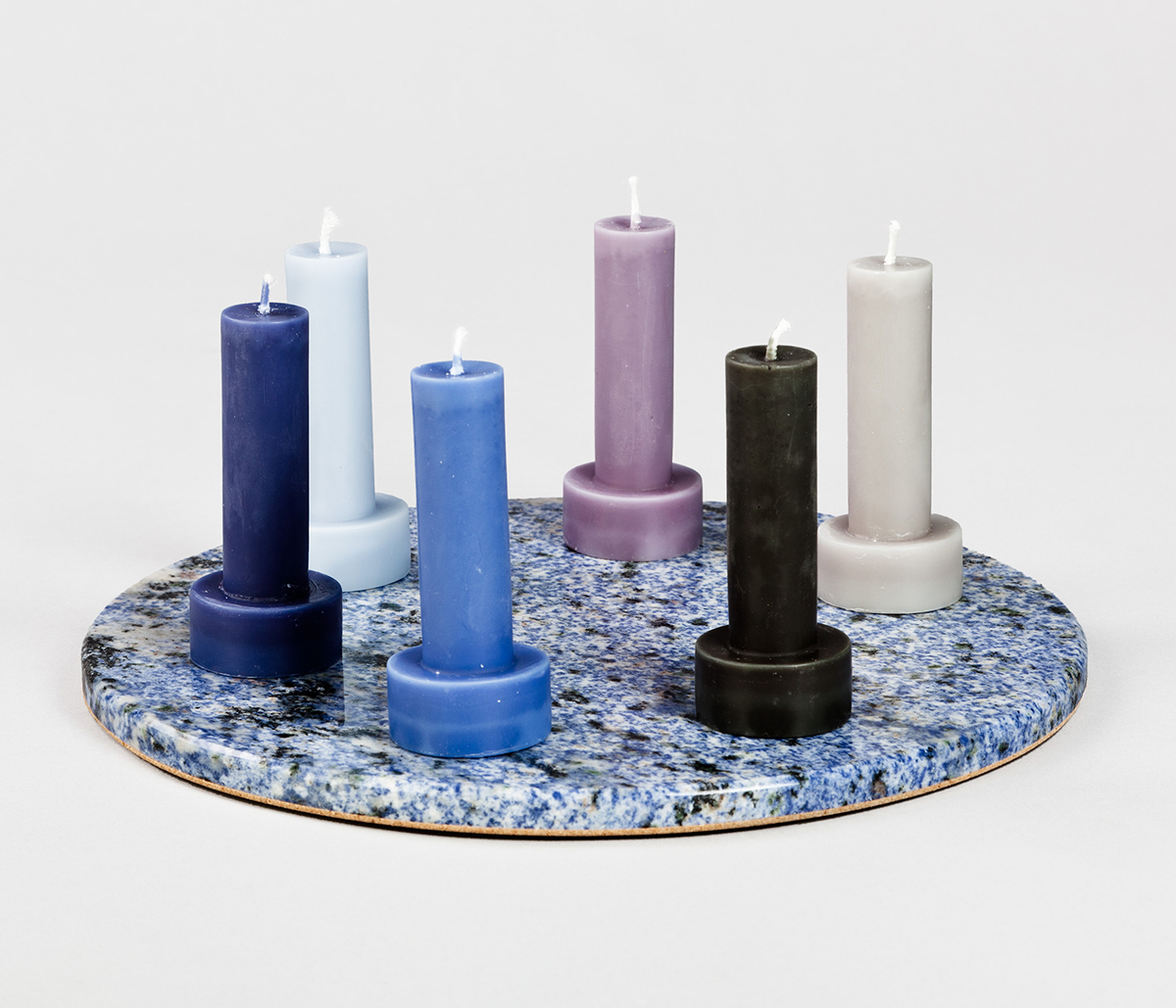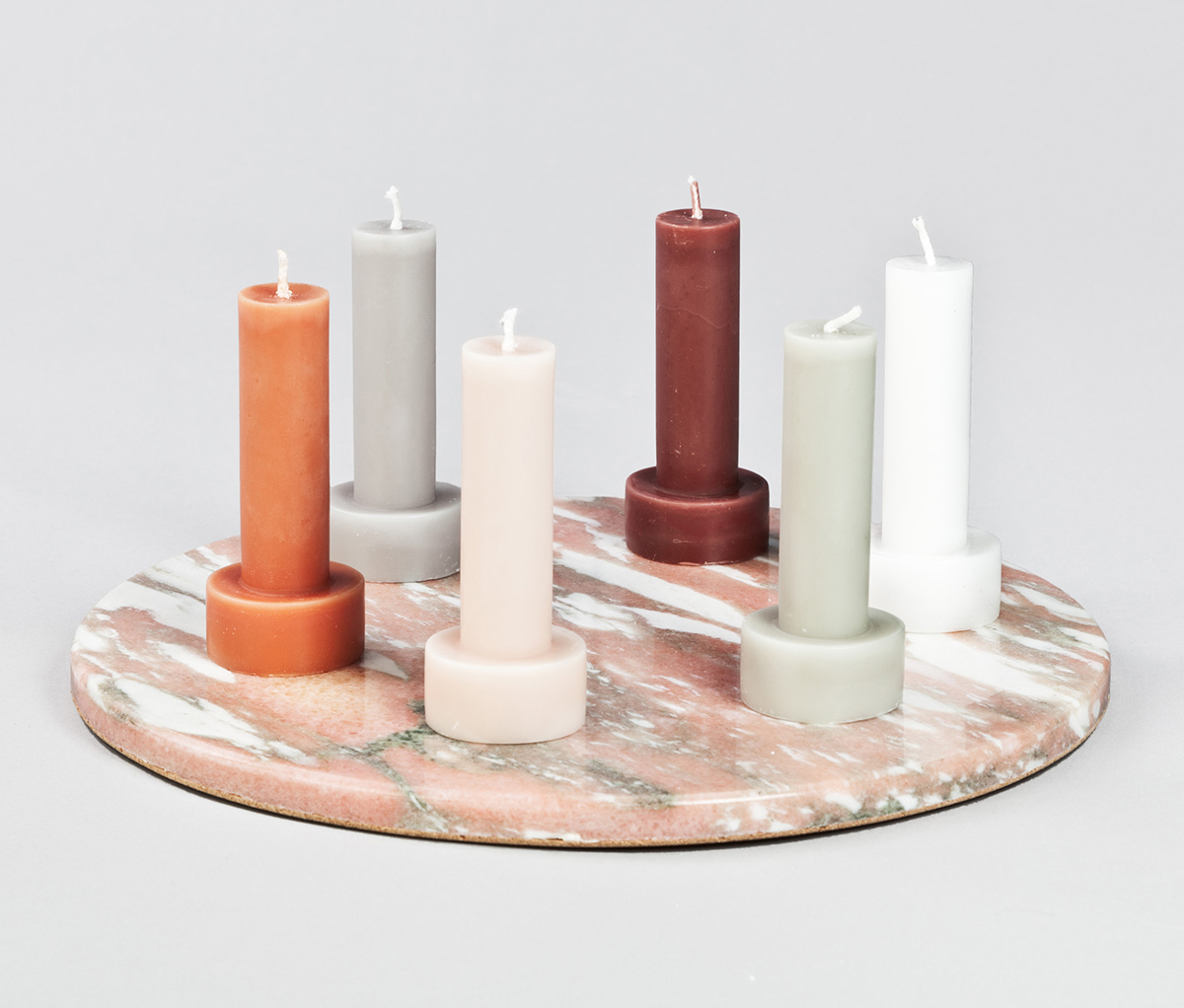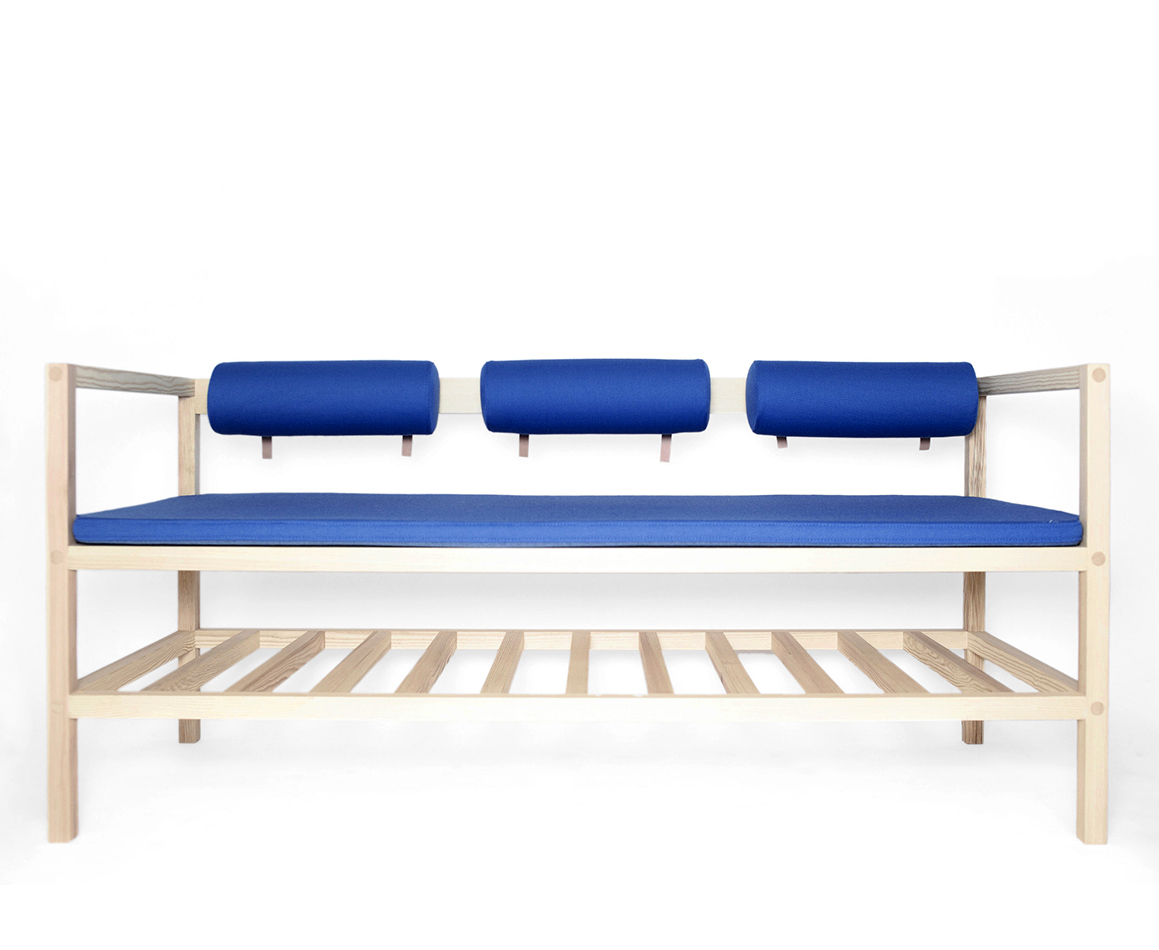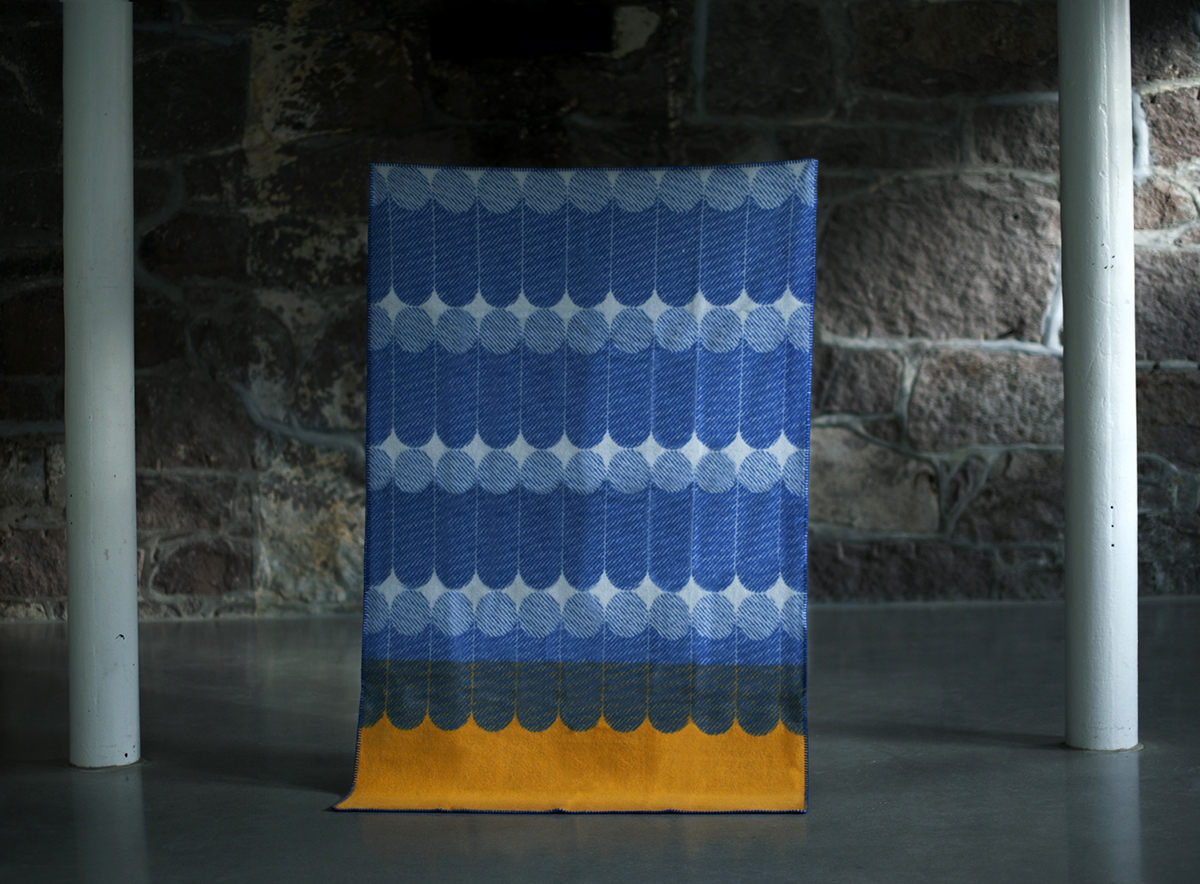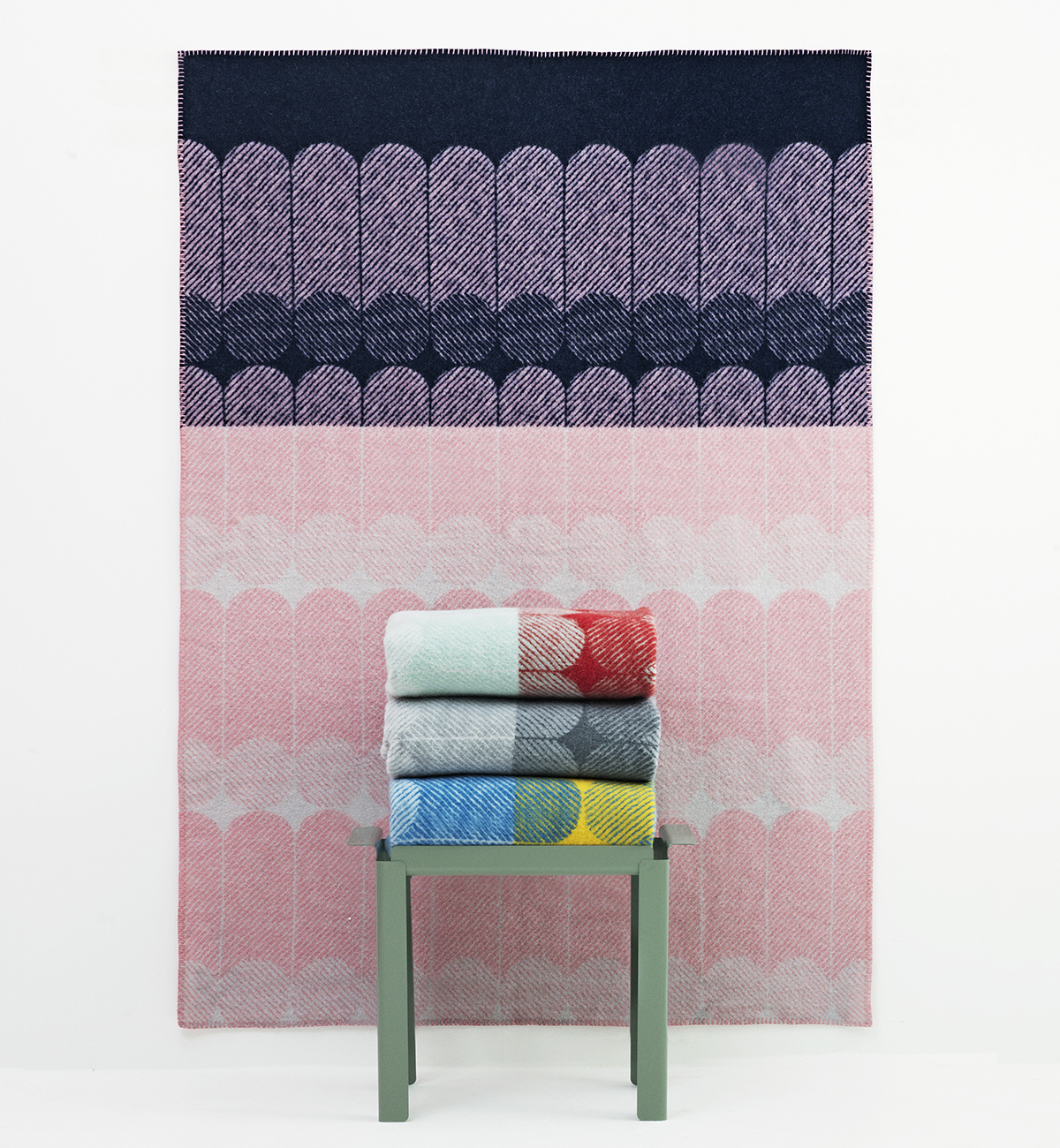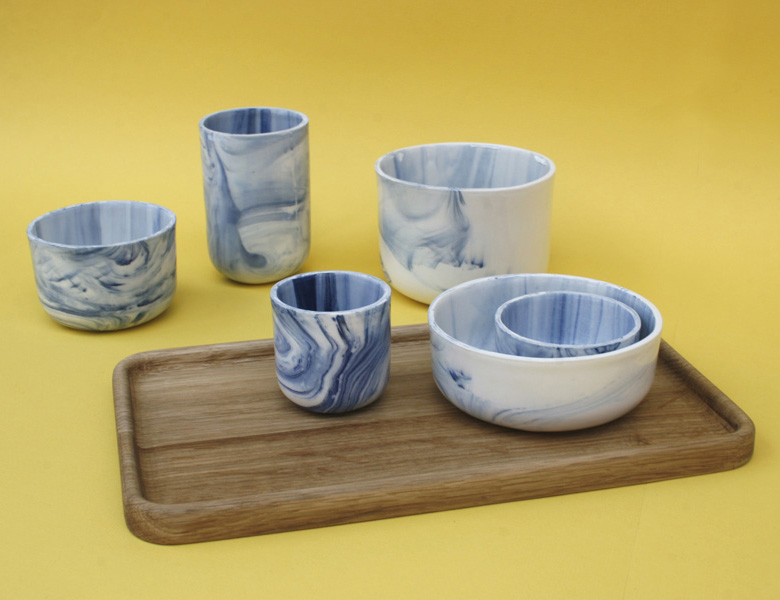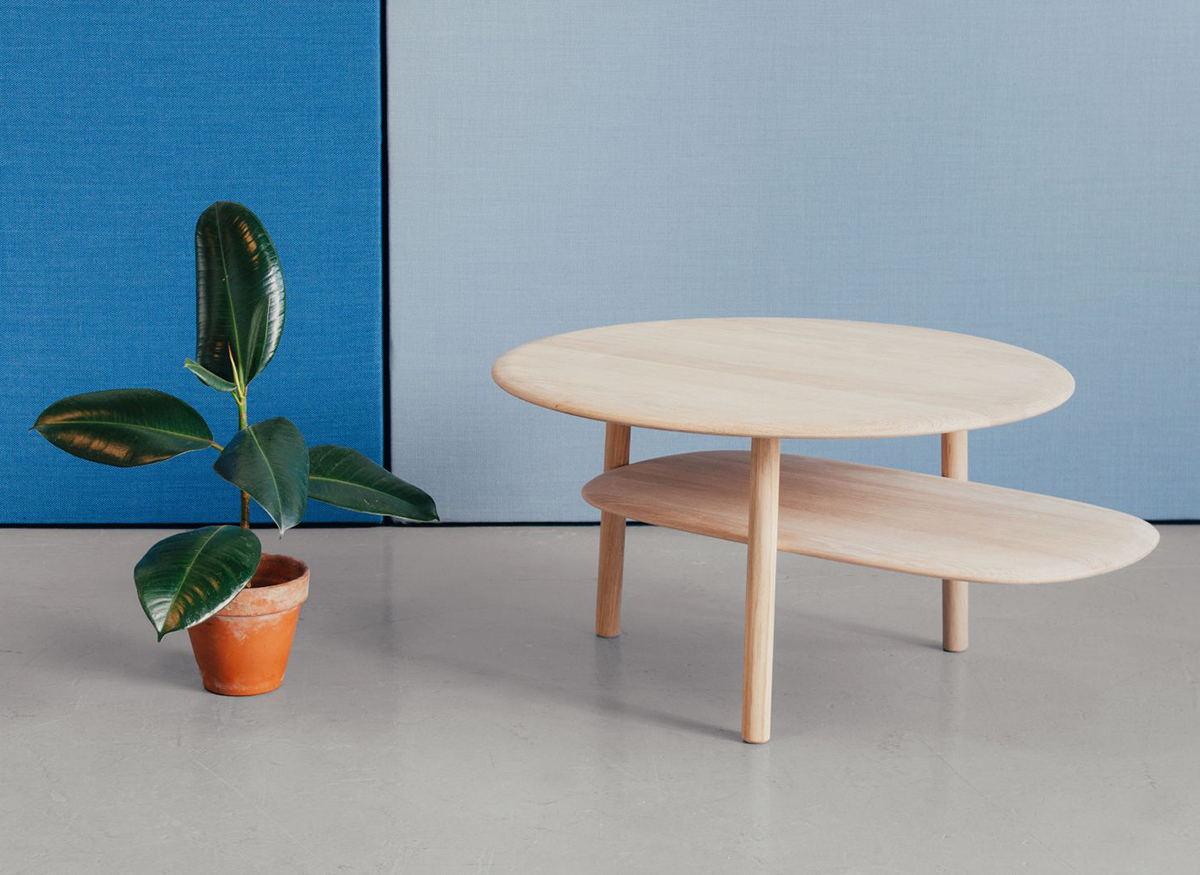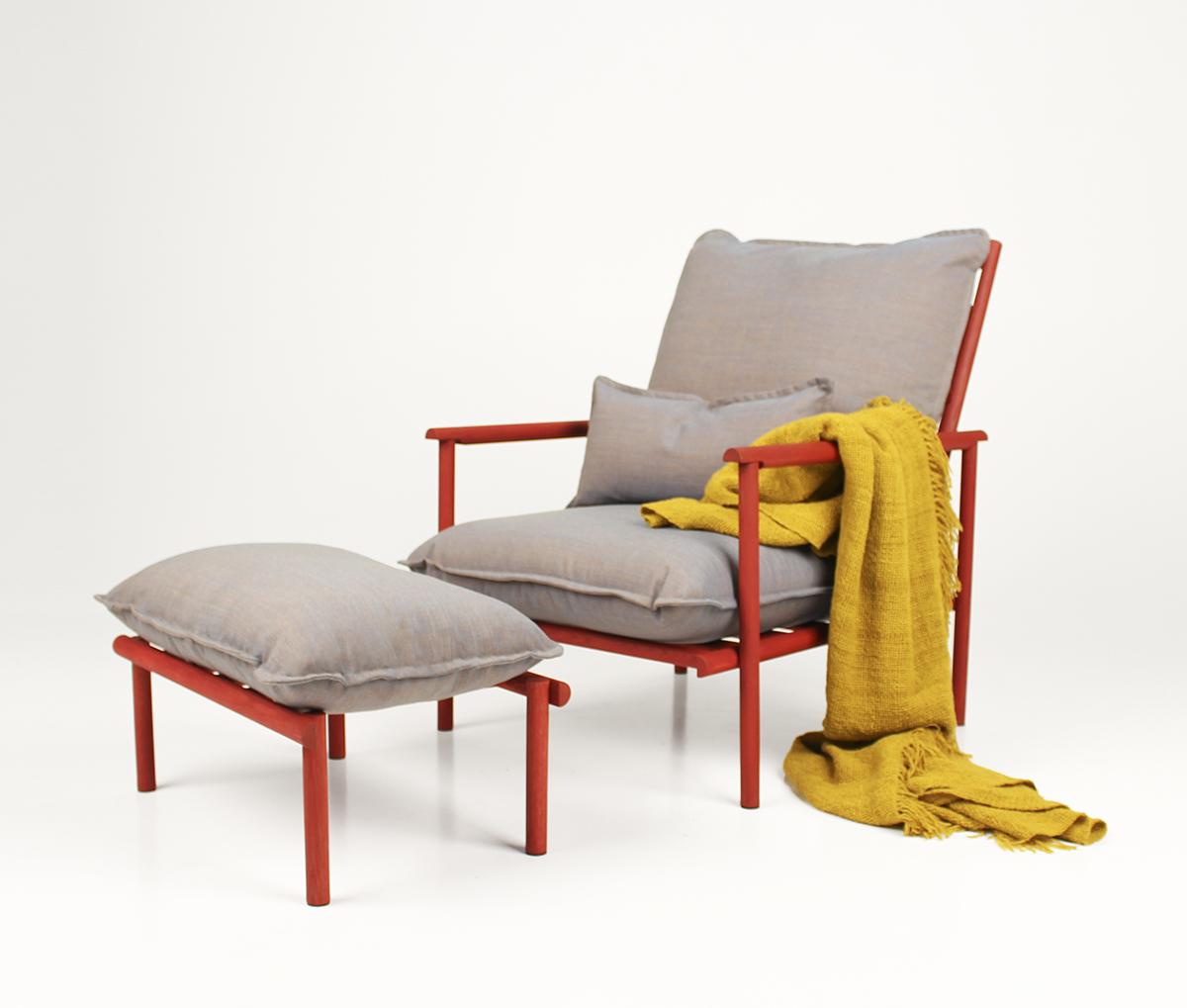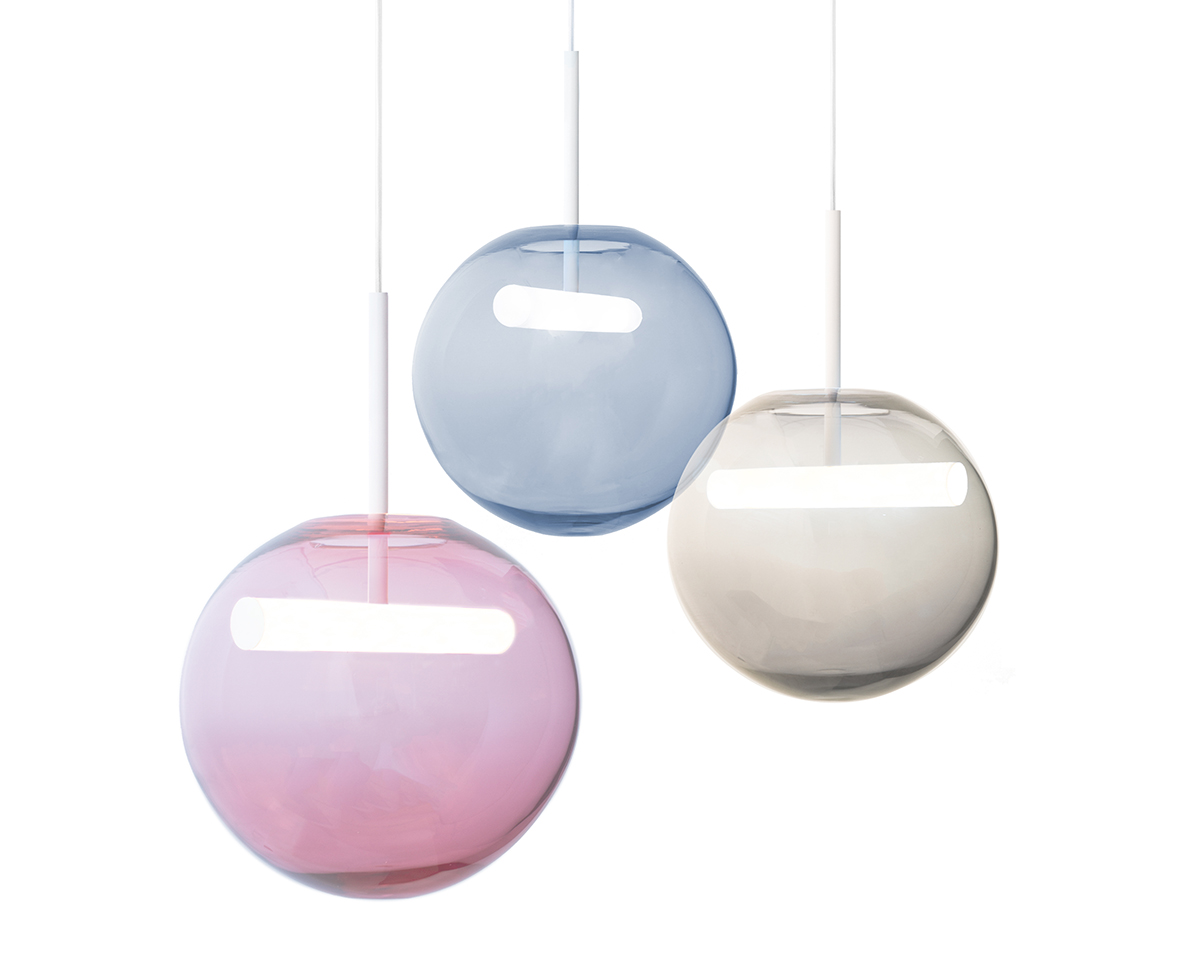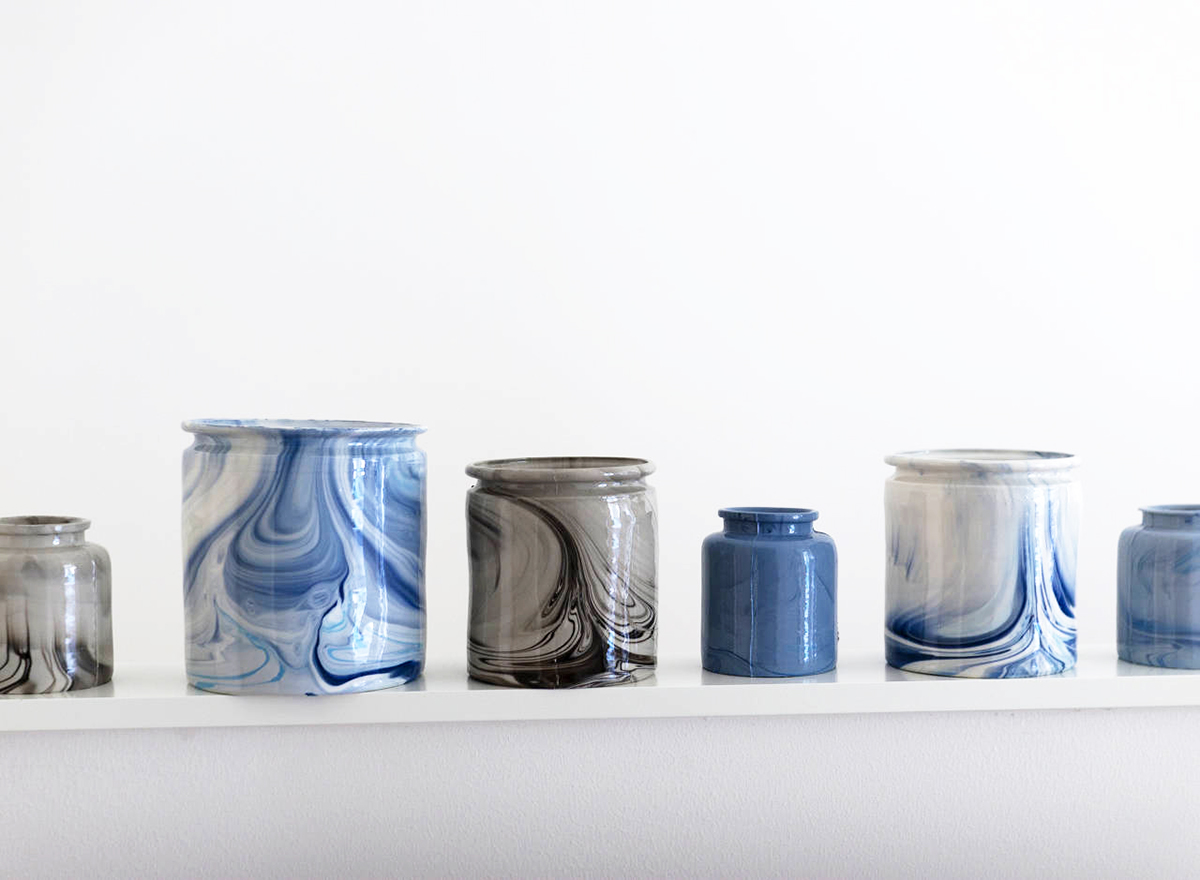
09.24.15
Up and Coming
Norwegian Product Designers Gunzler Polmar
One of our very favorite places in Oslo is Kunstnernes Hus, which not only puts together stunning art shows featuring contemporary and bygone Norwegian talents, but also brews its own beer, serves a killer nettle soup, and even hosts the odd hip-hop dance party. So its only natural that we would gravitate towards the work of Gunzler Polmar, led by ceramicist Victoria Gunzler and furniture designer Sara Wright Polmar, who got their first big break designing the cultural center’s furniture in 2011. Since then the young duo haven’t churned out a ton of work just yet, but the projects they have designed — including their new textile series launched this week at 100% Norway in London — display an eye for form, proportion, and material that certainly merits further attention. See for yourself below.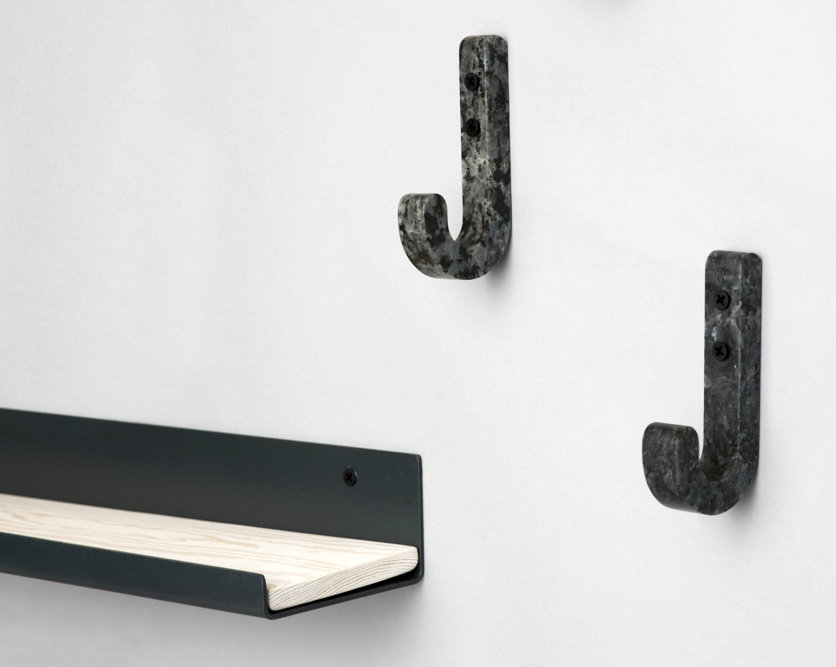
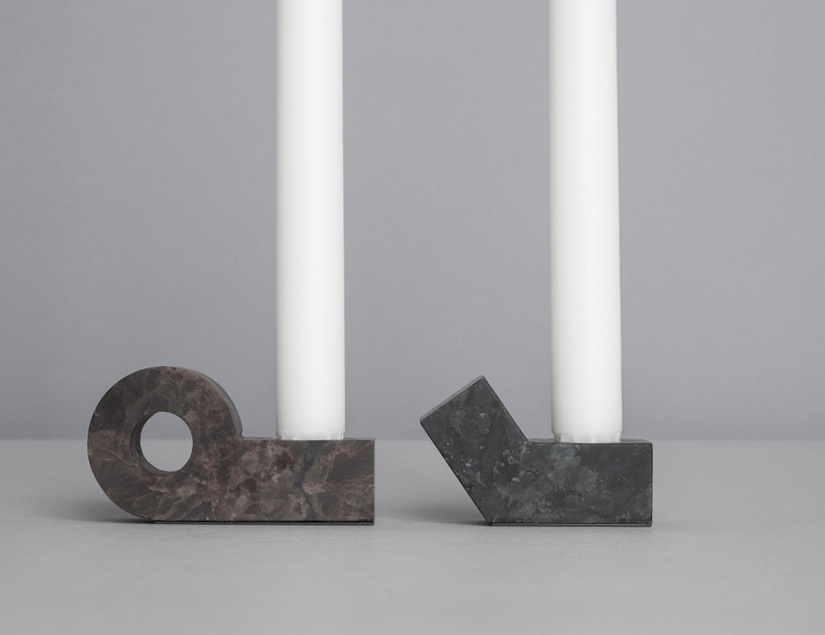 Describe your most recent project and how it was made.
Describe your most recent project and how it was made.
Our most recent project was a range of prototypes for an exhibition called Norwegian Presence that took place during the 2015 Milan furniture fair, a series of products called Larvik consisting of two different candleholders, a wall hook in two sizes, and a narrow shelf. The objects are all made mainly of the Norwegian stone Larvekite, a beautiful natural material with great strength and durability. The shelf is made of folded steel lined with stone plates.
Larvekite is a type of granite. The material was formed by volcanic reactions approximately 300 million years ago, resulting in a very tough and strong material with beautiful crystals. Larvekite can’t be found anywhere else in the world, and is in fact Norway’s national stone. Visiting Lundhs, Norway’s largest exporter of natural stone, we learned that the huge stone blocks mined from the quarries here are sliced into standard plates of 10, 20, and 30mm thickness. We decided to base our work on simple and geometric profiles, to be cut from these standard plates, in order to make a rational production process. This resulted in honest and simple designs with clean shapes. This emphasizes the beautiful material and allows it to be the main focus.
The different prototypes were cut using a water cutter, and then processed by us using a diamond grinding wheel and metal polishing equipment. We wished to avoid the high-gloss finish you usually find in granite products like counter tops, in order to keep a more natural and silky feeling to the surface.
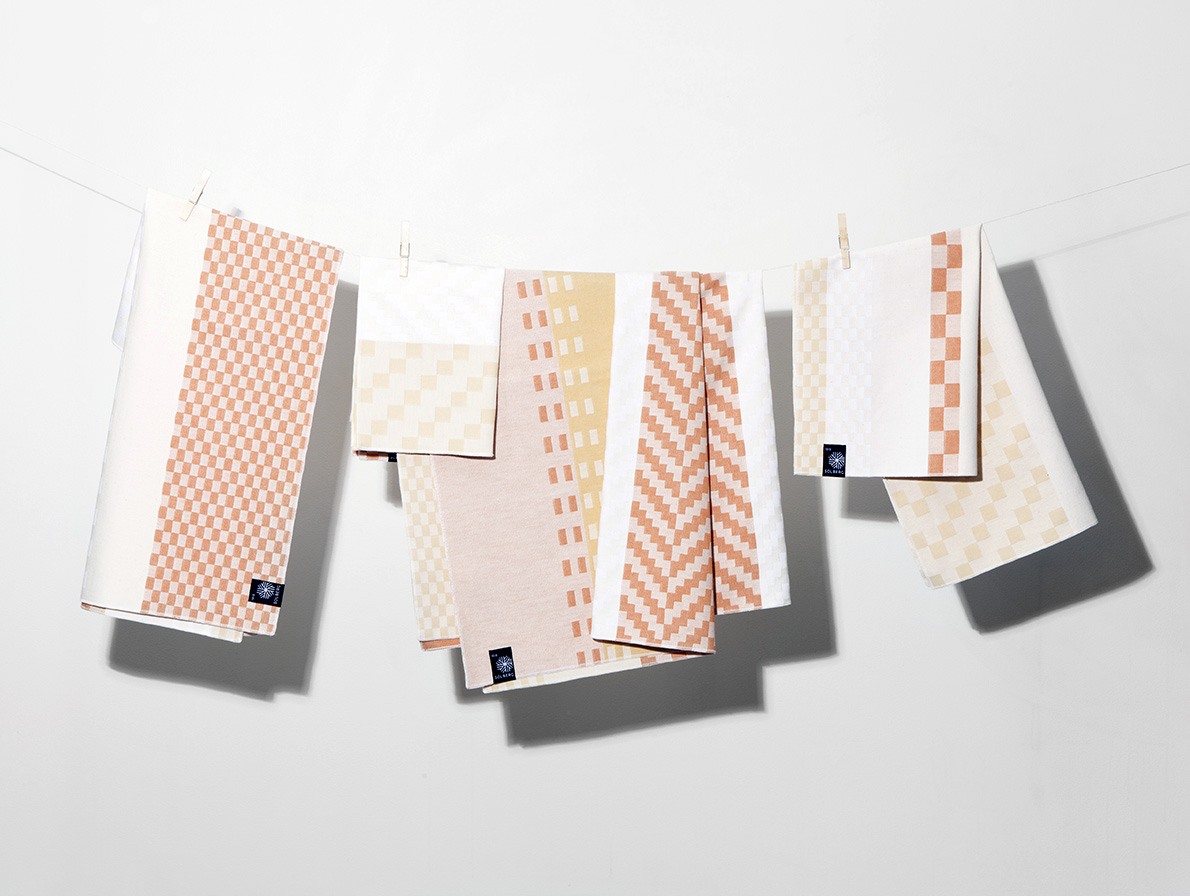
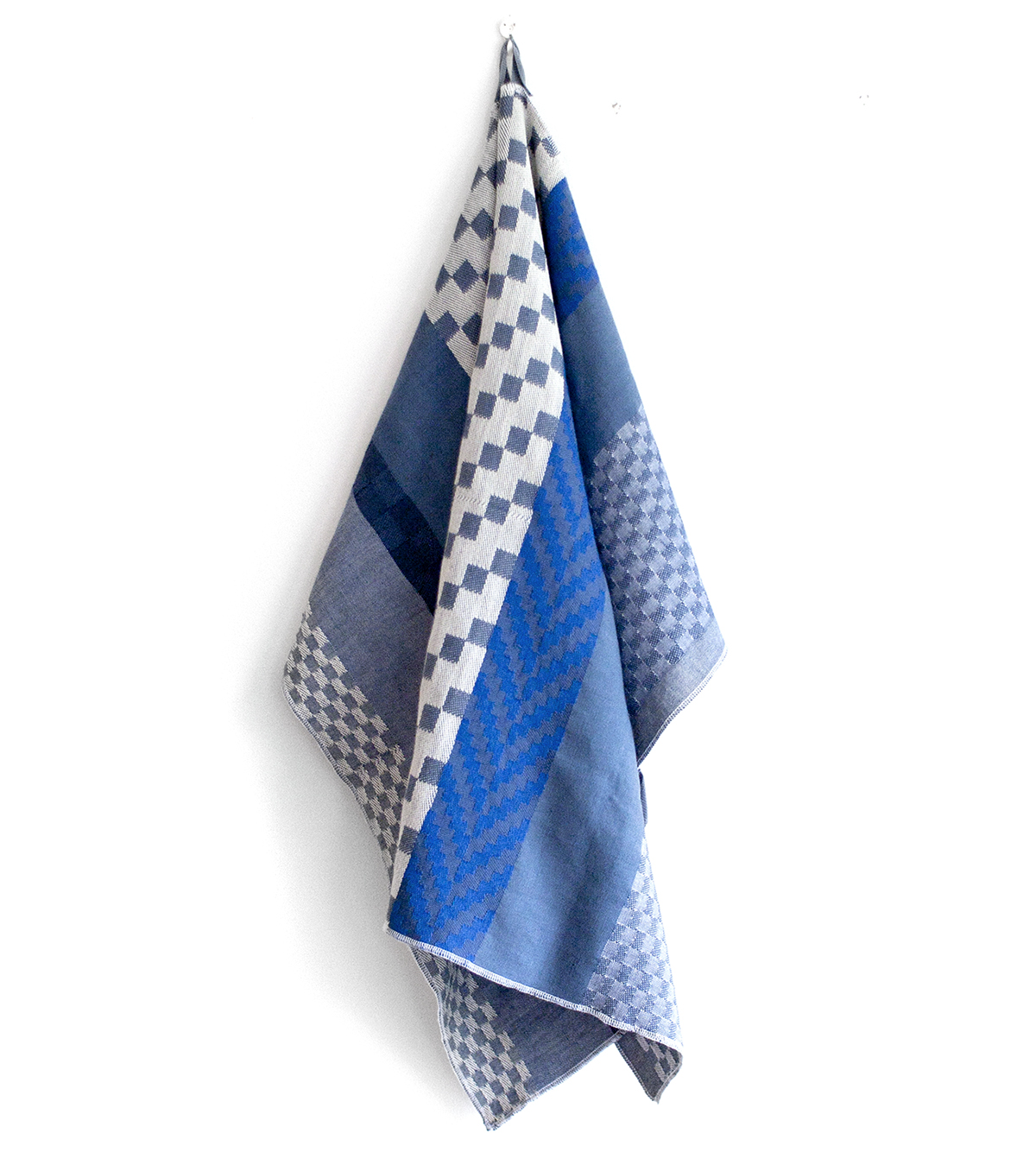
Describe your next project and how you’re currently making it.
We are currently launching a new series at 100% Norway. This winter we came in contact with a couple who quite recently took over an old Norwegian textile weaving factory called Solberg Spinderi, not far from Oslo. Solberg is one of the oldest textile businesses in Norway, with more than 185 years of experience. These days they mainly manufacture fabrics for bunads, the Norwegian folk costumes, but they are also looking for ways to update their product line. Since we had talked about wanting to work with textiles for the home for some time, we jumped at the opportunity to work with them to develop new products.
Solberg has an amazing archive of old weave patterns, going back more than hundred years, with endless books complete with small cut samples and hand written notes. To go through these books feels a little like traveling through time, but it’s also fascinating to see that many of the old patterns seems quite modern. It’s so much fun to see the surprisingly bright color palettes from the 1920s, and to see they are much more daring than the black and white images you usually see from this time period reveal.
We have designed a pattern by getting inspiration from the old archive, and updating it by working with colors and scale. When designing two-dimensional patterns we start drawing on our computers and enjoy just playing around with colors and compositions. Eventually we started developing it into something that would actually work as a weave, by drawing each pixel as a thread and sketching different bindings and combinations of these. We have skills and expertise when it comes to design and visual expression, but little experience with weaving and all the possibilities that lie within this technique. We are very grateful for this chance we’ve to benefit from Solberg’s technical expertise and knowledge and have learned a lot through the process.
Our concept is developed to enable variation within small-scale production. By using elements and playing with scale to translate traditional patterns and stitches into a graphic and bold image, the result is a large pattern repeat, which allows for great variation when you cut different sections of the fabric for different-sized products. Successive sizes in the series are defined by halving the preceding size across the larger dimension. Because they are cut from the same pattern, the products are alle related and can be combined, while at the same time they have their own unique pattern. The end products are very versatile — it’s up to the user to define the desired use. They can be towels, bed spreads, guest/tea towels, table cloths, table runners, place mats, napkins, you name it. This principle allows for one single roll of fabric to be used to create many different products, with minimal waste. 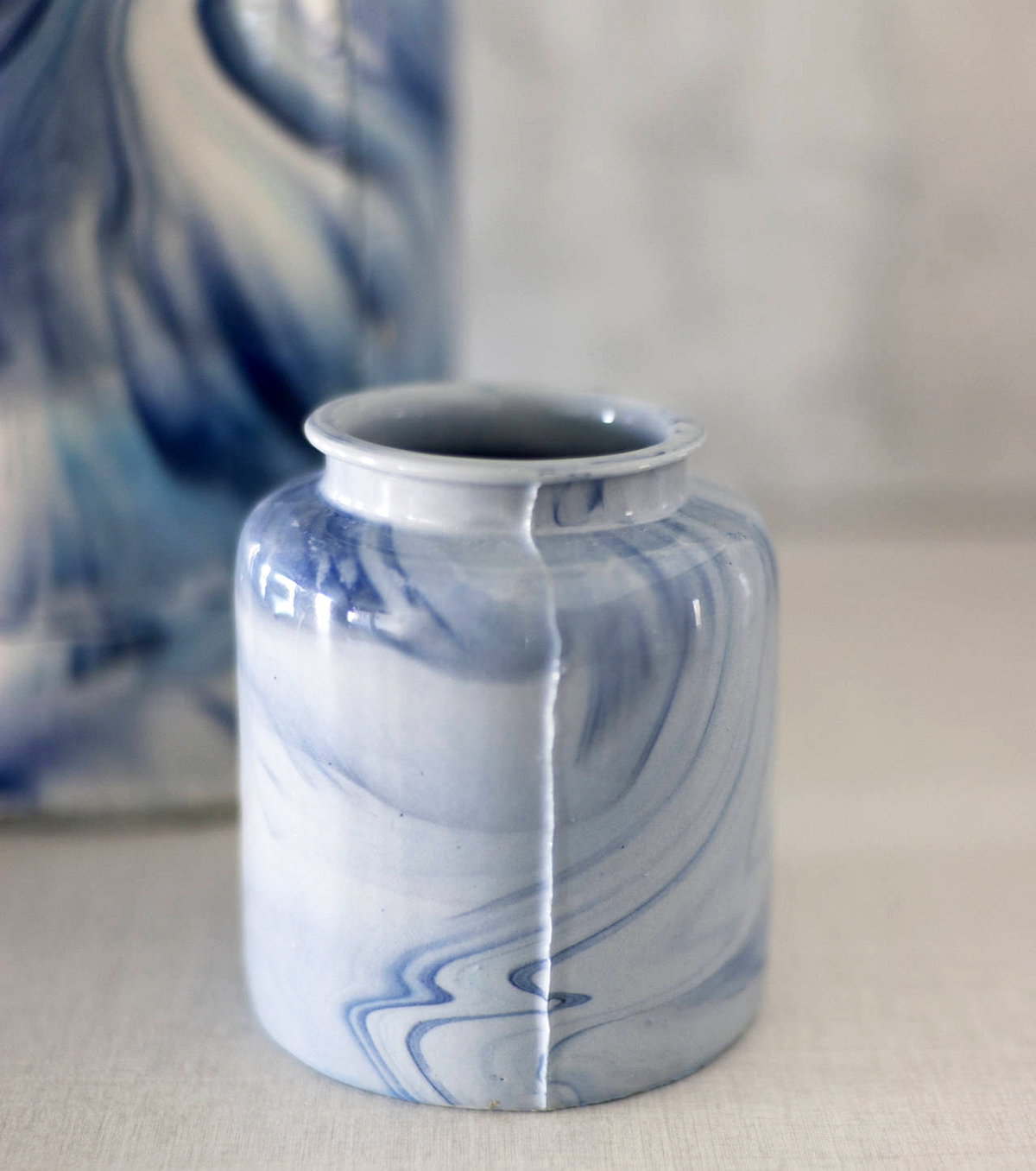
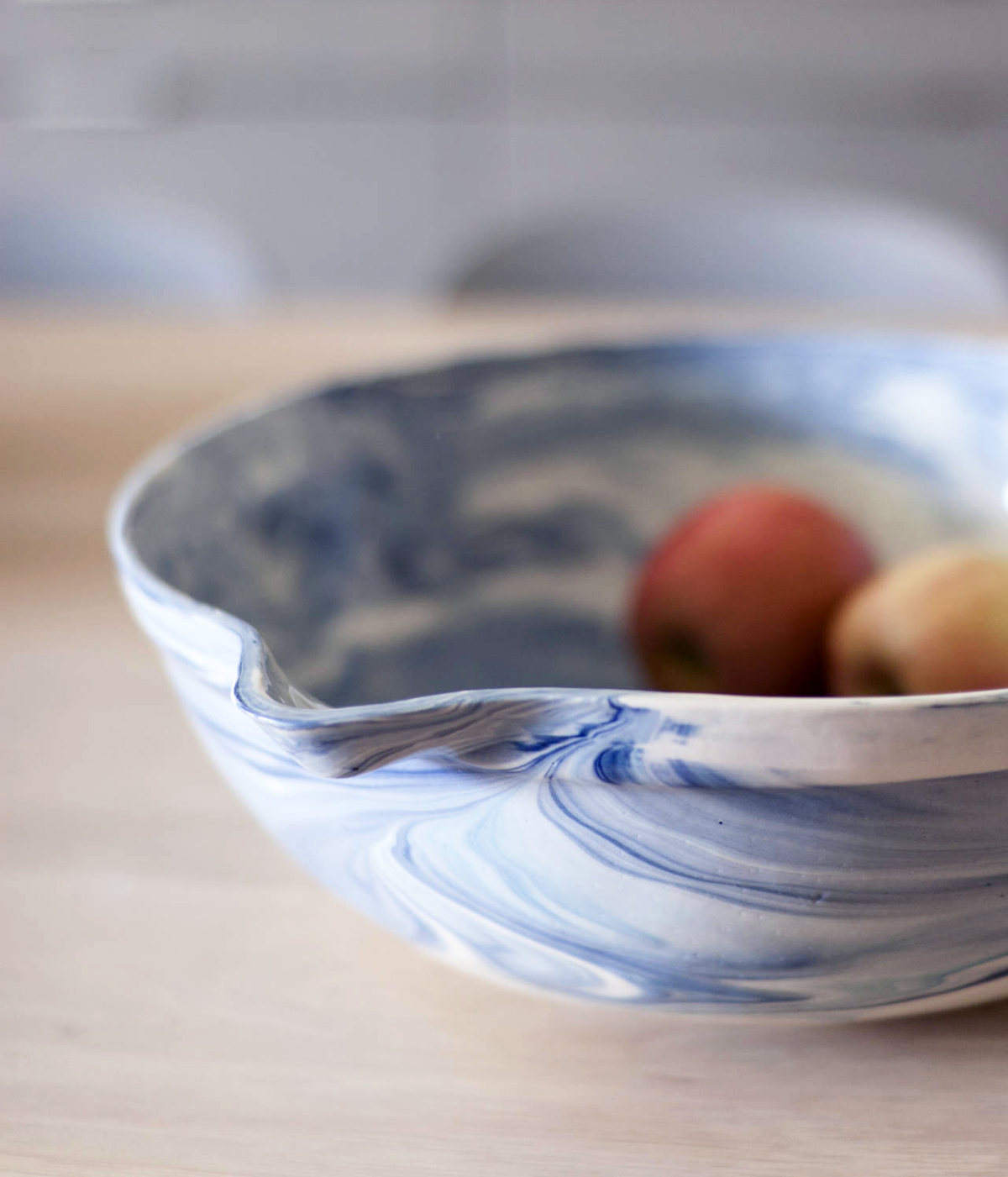 Tell us one thing that’s been inspiring you lately and why.
Tell us one thing that’s been inspiring you lately and why.
Our recent projects have all somehow involved looking at well-known materials, techniques, or shapes and trying to put them into a contemporary or different context. An example are our Marbled Containers, where we combine a marbling porcelain technique with slip cast reproductions of traditional ceramic vessels. The series consists of four jars in different sizes and one large bowl. These are generic, archetypal container shapes that originally were thrown on a potter’s wheel — objects closely related to a craft tradition. Casting, on the other hand, is about duplicating an object, and refers to mass production. We have chosen to not remove casting seams and irregularities caused by the casting molds. These imperfections and traces from the process of making, along with the unpredictable marbled porcelain, makes each container completely unique. A craft technique or a material with strong traditions, that has specific connotations linked to it, can obtain new meaning and relevance when reinterpreted and presented in a new way or form. 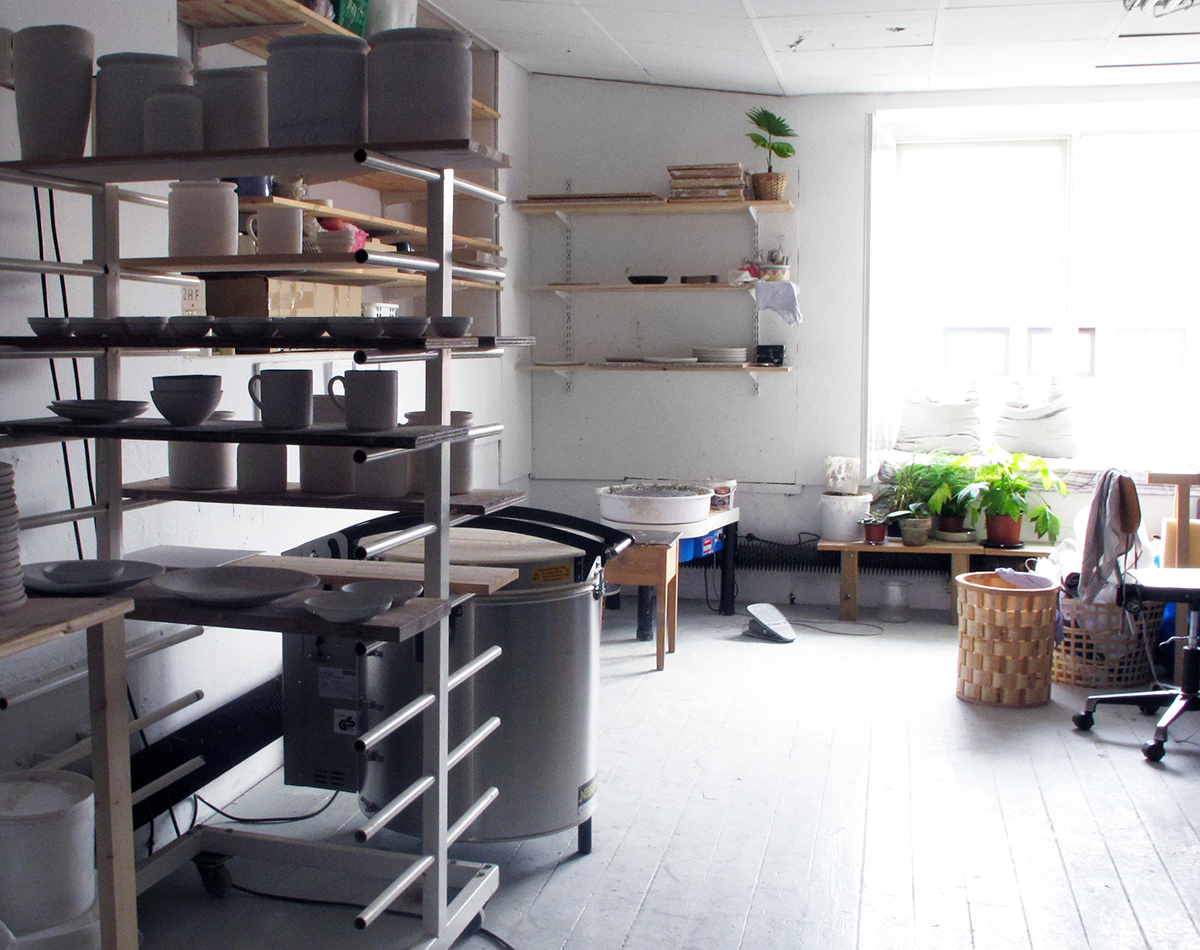
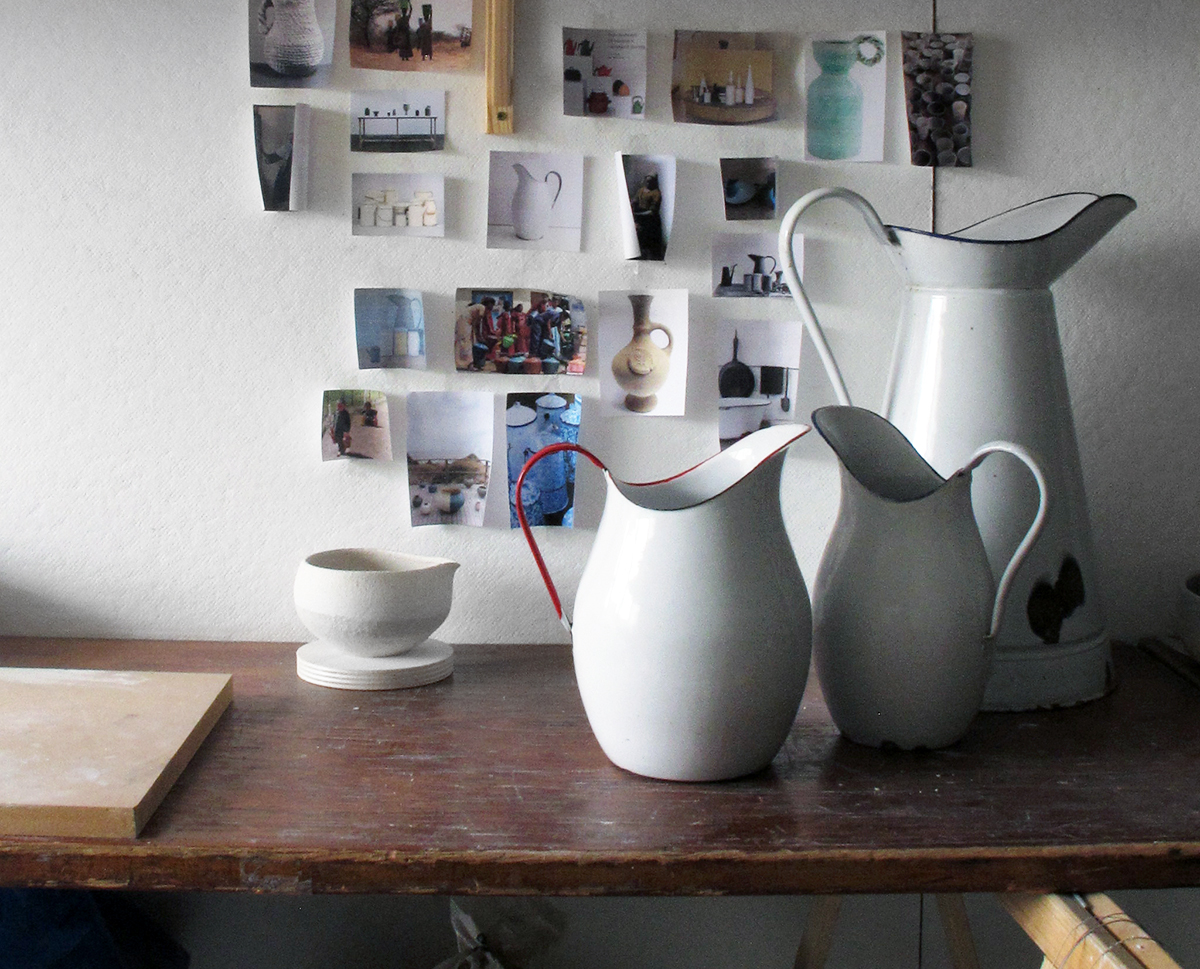
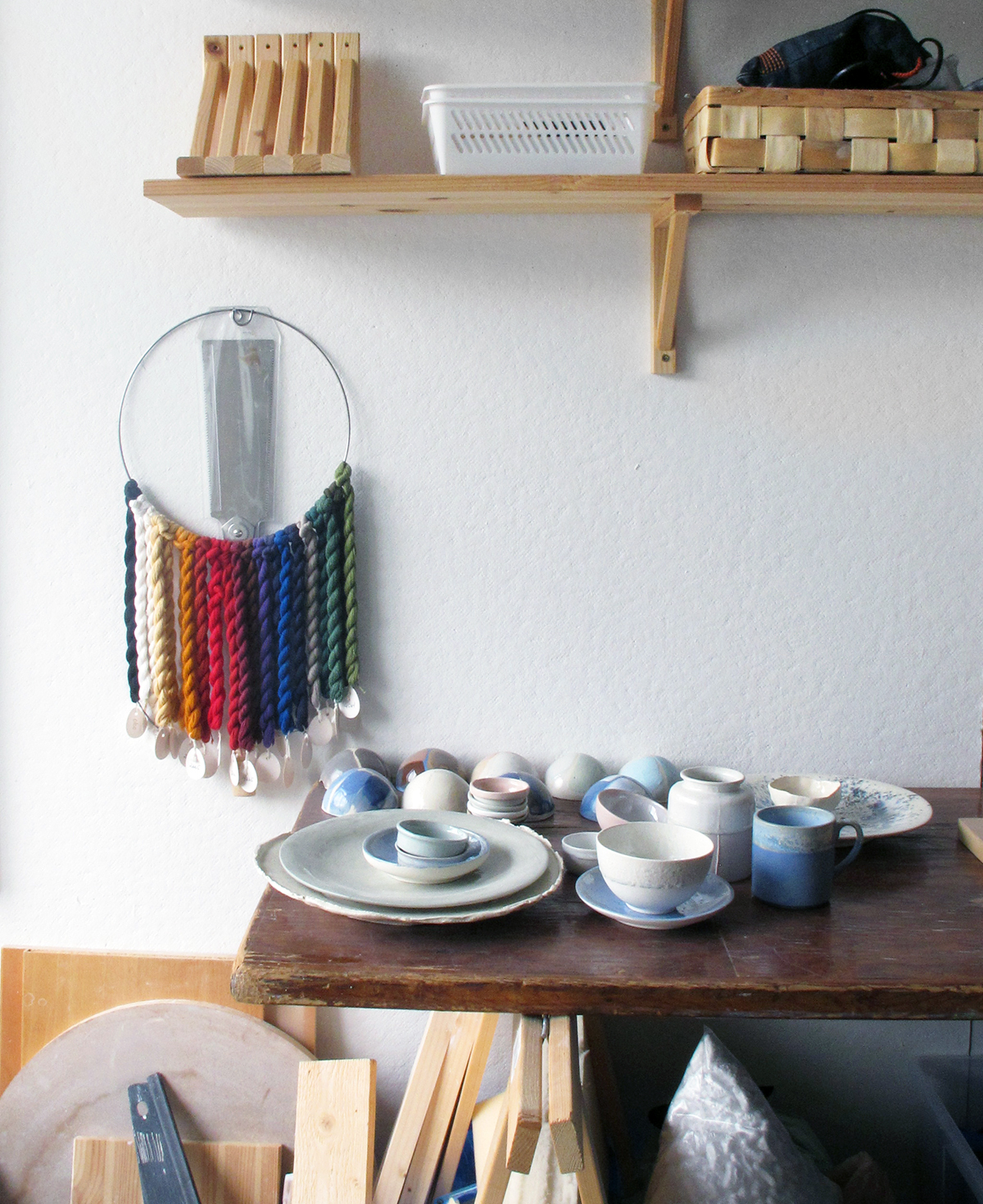 Show us your studio and tell us what you like about it.
Show us your studio and tell us what you like about it.
Our studio is located in the city center of Oslo, just by the river in an old industrial quarter. The area mostly consists of designers’ and artists’ studios and some galleries, and it’s one of Oslo’s most vibrant areas. We share our studio with a few other designers and artists who all work with ceramics. This means that we have access to all the facilities you need do make ceramics — a kiln and all kinds of materials. We love that we have a place where we can work directly in the material and literally get our hands dirty.